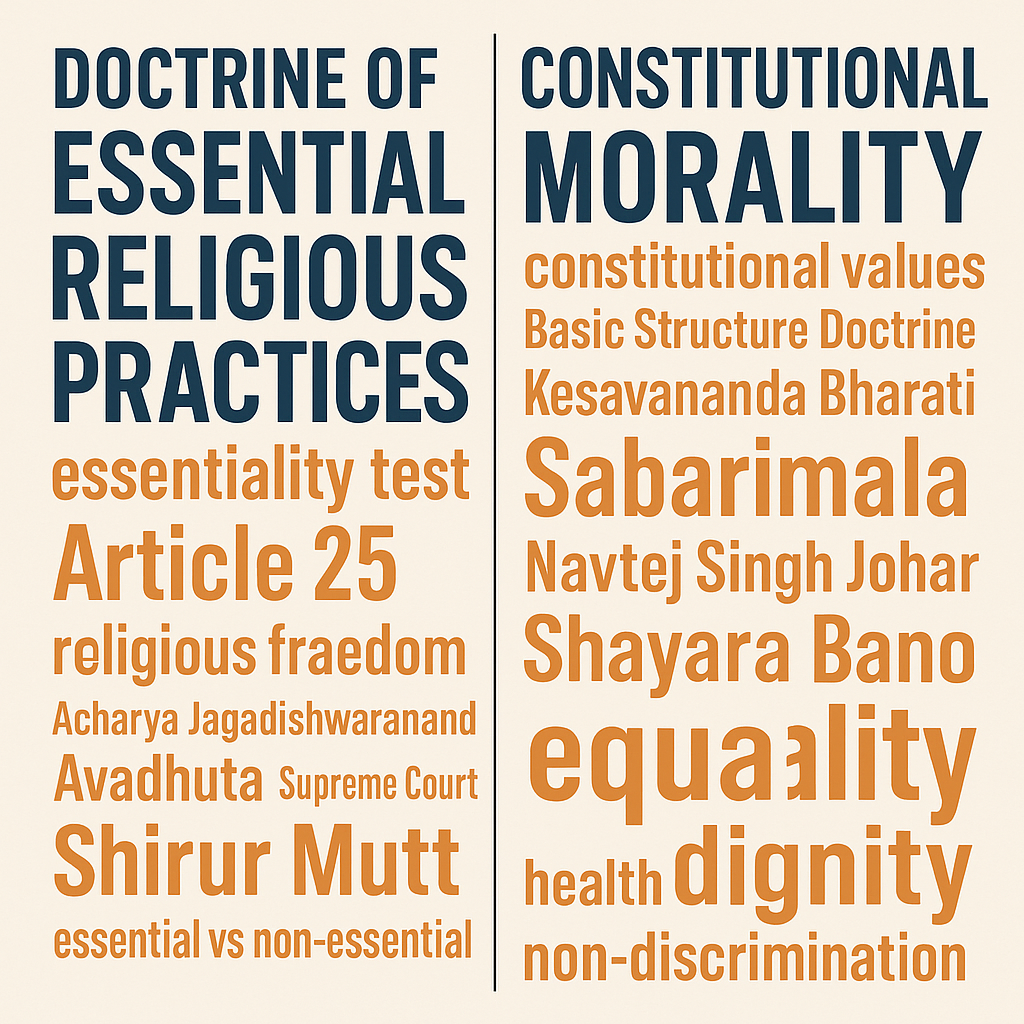Electronic
Evidence in the Bharatiya Sakshya Bill, 2023 – Regressive or Progressive?
BY-Karan Gautam
Introduction
Out
of the three bills that were introduced in the Lok Sabha, the
BharatiyaSakshya Bill, 2023 (also known as the "BSB") stood out
as a noteworthy legislative proposal that sought to replace the outdated Indian
Evidence Act of 1872 (also known as the "Evidence Act"). The other two
bills were the Bharatiya Nyaya Sanhita Bill, 2023, and the Bharatiya
Nagarik Suraksha Sanhita Bill. By including "electronic and digital
records" in the definition of "Document," the BSB significantly
modifies the admission of electronic evidence in court. Emails, server logs,
files saved on PCs, laptops, or smartphones, text messages, website content,
location data, voice mails, and messages saved on digital devices are just a
few examples of the wide range of electronic records that are now included in
this expanded definition.In an age where information technology rules the
roost, this shift may seem like a positive step forward, however, the BSB's
inconsistent rules on the admissibility of electronic evidence have revealed several
anomalies and unfavorable outcomes.
Act of Evidence, Section 65B
Judicial
rulings regarding the interpretation of Section 65B of the Evidence Act, which
deals with electronic evidence, have evolved over a protracted and contentious period.
The Supreme Court decided in State (NCT of Delhi) v. Navjot Sandhu aka Afsan
Guru[1]that
electronic evidence might be admitted in court under the terms of the Evidence
Act's Sections 59 to 65, which deal with documentary evidence. This ruling
essentially opened the door for the acceptance of electronic evidence under Section
65(d) of the Evidence Act, even in cases where Section 65B's requirements
were not met. Secondary evidence may be admitted under Section 65(d) in
situations where the original evidence is essentially immovable, as in the case
of server-based data.
Nonetheless, the Apex Court's overturning of the Navjot Sandhu ruling in the Anvar P.V. v. P.K. Basheer[2]case signaled a turning point. The Court ruled that the wording "notwithstanding anything contained in this Act" in Section 65B rendered any other parts inapplicable, and that the procedures outlined inSection 65B were required, even in cases where electronic evidence was to be produced. The Supreme Court upheld this precedent in the case of Arjun PanditraoKhotkar v. Kailash KushanraoGorantyal.[3]
As a result, the current legal position on the admissibility of electronic evidence under the Evidence Act is that, for electronic records to be deemed documents for admissibility before a court, the particular requirements and obligations outlined in Section 65B of the Evidence Act must be met. If these requirements are met, the data is admissible in court without requiring the original to be produced. Furthermore, a certificate identifying the electronic information and mentioning the device used in its production must be produced and signed by an individual holding a responsible official position about the operation of the relevant device for a statement to be admissible under Section 65B(4) of the Evidence Act.
The Electronic Evidence BSB
Nothing
in the Andhiniyam shall apply to deny the admissibility of an electronic or
digital record as evidence because it is digital, according to the clear
language of Clause 61 of the BSB. These documents will be just as legally valid
and enforceable as conventional paper records. Moreover, Clause 62 makes it
clear that the rules in Clause 59—which deal with the process for the admission
of documentary evidence—may be applied to the contents of electronic records to
support them. Therefore, Clauses 61 and 62 support the decision made by the
Supreme Court in the Navjot Sandhu case.
Clause
61's use of the phrase "nothing" emphasizes
that electronic evidence must be treated equally with other documentary
evidence and suggests that no clause in the BSB can prevent it from being
admitted.
Conversely,
for any material saved in electronic form to be acceptable in court, Clause 63
of the BSB lays out the same requirements and obligations as stated in Section
65(2) of the Evidence Act. This is similar to how the Arjun Panditrao case
handled its case, which resulted in the overturning of the Navjot Sandhu
decision. Surprisingly, the non-obstante language in language 63 of the BSB
supersedes the preceding Clauses 61 and 62 of the BSB, just like it does in the
Evidence Act.
Therefore,
Clause 63 essentially undoes this reform, even though the definition of
"Document" and Clauses 61 and 62 of the BSB may indicate a more
practical and effective procedure for presenting electronic evidence before a
tribunal.
Conclusion
Regarding
the admissibility of electronic records as primary evidence, the BSB's present
position is still unclear. The BSB introduces uncertainty by including
non-obstante clauses in both Clauses 61 and 63, leaving the issue of electronic
evidence production open and unresolved. This is in contrast to the Evidence
Act, where Section 65B's non-obstante clause unambiguously superseded all other
provisions regarding the admissibility of electronic evidence.
Legislators will ultimately be responsible for resolving this discrepancy in electronic evidence admission under the new BSB. It will be fascinating to observe how the legislators address this disparity and whether they stick to the prior precedent set by Navjot Sandhu or maintain the concept established in Arjun Panditrao.








